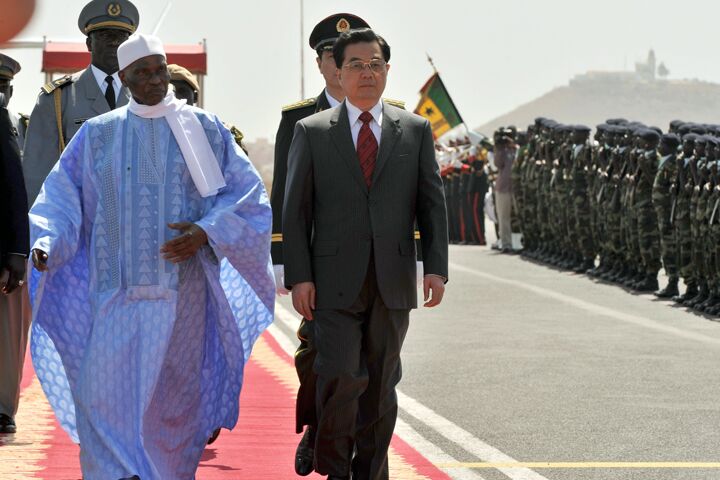
China Reaches Out to Africa and Latin America
China is continuing its efforts to develop strategic relationships in Latin America and Africa. This week, separate delegations of top Chinese officials are carrying out diplomatic missions to both regions to strengthen ties and open up new markets.
For the first time, three of China’s top leaders—the president, vice president and vice premier—are all on trips to Africa and Latin America at the same time. Chinese President Hu Jintao is visiting Saudi Arabia, Mali, Senegal, Tanzania and Mauritius; Vice President Xi Jinping is visiting Brazil, Mexico, Colombia, Venezuela and Jamaica; Vice Premier Hui Liangyu is touring Argentina, Ecuador, the Bahamas and Barbados.
President Hu’s visit to Saudi Arabia is no surprise: Riyadh is China’s primary oil provider. China also has deals with Saudi Arabia for a railway system, and infrastructure for oil production and refining.
Brazil, already China’s largest Latin American trading partner (about $29.7 billion)—almost double the next largest—and which is emerging as an energy powerhouse, is also an expected stop.
The smaller countries, however, are also important to China’s long-term strategy. On February 11, Stratfor observed that
China is attempting to turn lemons into lemonade, converting the financial crisis into an opportunity to improve its long-term economic advantage and energy and food security. China typically provides countries with financing and expertise for building all kinds of infrastructure and, in return, gains access to mineral resources, trade channels and new markets for Chinese goods. With plentiful cash reserves, Beijing and its state-owned companies can try to secure access to strategic commodities now, while global competitors are hamstrung by credit crunches and retrenching. Some of these opportunities eventually will dry up; for instance, the United States will not always be tied down with war and recession and could eventually be more likely to compete for political and economic influence in these regions.
While Stratfor may be proved wrong in its assertion that the U.S. situation will improve, its analysis of Chinese motivation in these tours is spot on.
Stratfor also pointed out that China views any gains in Latin America as an opportunity to “take a bite out of U.S. trade with the region, [while] gaining new destinations for its exports.”
Ultimately, we can expect Europe to sew up resources in both Latin America and Africa, but in the meantime, China is gradually eroding U.S. influence and economic power in a region where the dwindling superpower is already strained for allies. Read “The Battleground” to learn how the competition over resources will play out among the world’s great powers.
